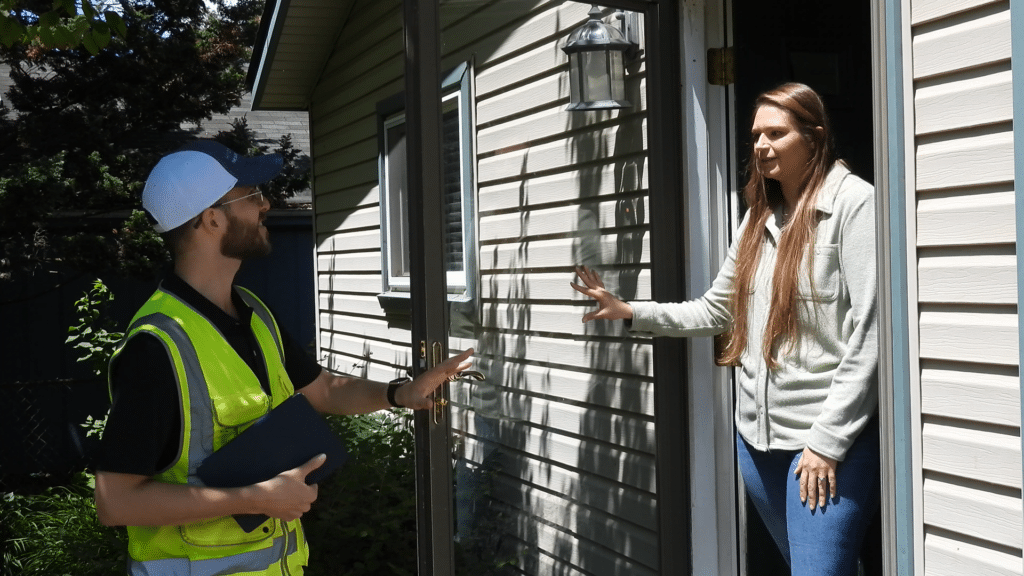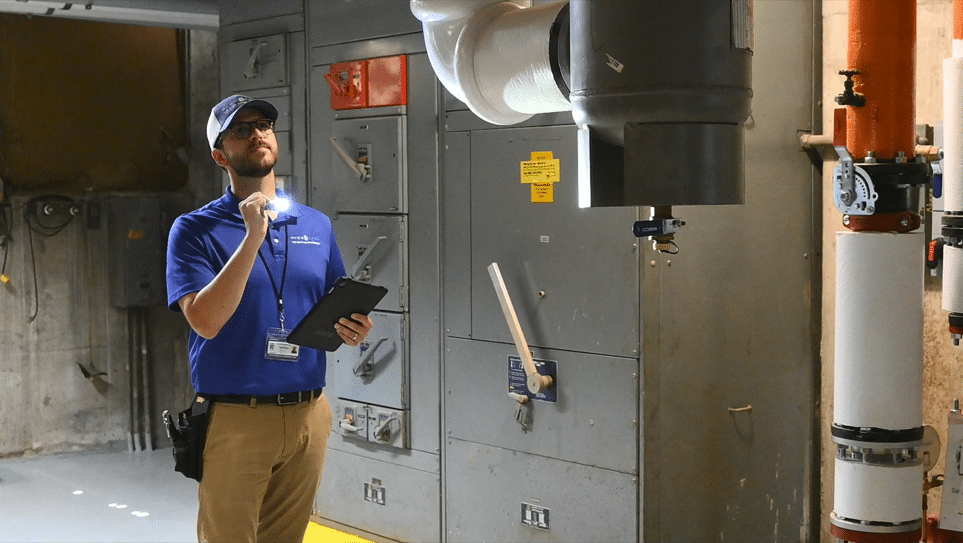Cross-connection control programs are essential for safeguarding public water systems from contamination risks, and most states have specific requirements. Basically, these programs involve activities, data, and building owner involvement to ensure one-way water check valves are in place to prevent contamination at interconnections.
Data indicates four often overlooked cost areas that can significantly impact the effectiveness and sustainability of these programs. For public water supply system decisionmakers, municipal councils, and boards responsible for annual budgeting, understanding and addressing these hidden costs are crucial for any cross-connection control program’s success.
This article covers the four key areas that require attention when budgeting for cross-connection control, outlining why each matter and the budget considerations.
Debunking 6 Myths About Cross-Connection Control
1. Budgeting for Water Customer Engagement
Effective water customer engagement is the foundation of a successful cross-connection control program. Engaging customers involves educating them about the importance of backflow prevention, cross-connections, and their role in compliance. While public awareness campaigns, informational workshops, and direct communication methods are often implemented, they come with associated costs that are not always adequately budgeted.
Why It Matters
Educating customers not only reduces the risk of cross-connections but also increases compliance rates. When customers understand the importance of maintaining backflow prevention devices, they are more likely to comply with testing and maintenance requirements, reducing the potential for contamination events.

Budget Considerations
Allocate funds for ongoing customer education initiatives. This includes the cost of creating educational materials, conducting workshops, and maintaining customer communication channels. Also, consider budgeting for regular surveys to gauge customer awareness and engagement levels, allowing for adjustments in the program as needed.
2. Non-Compliance Follow-ups and Verifications
Non-compliance with cross-connection control requirements can lead to serious public health risks. However, many programs overlook the costs associated with following up on non-compliant accounts and verifying that corrective actions has been taken. These activities require dedicated resources and time, which can strain the program’s budget if not accounted for.

Why It Matters
Failure to follow up on non-compliance can lead to unmitigated risks, leaving the water supply vulnerable to contamination. Verifying and documenting that corrective actions are completed is essential to ensuring all identified cross-connections are properly addressed.
Budget Considerations
Ensure the budget includes funds for dedicated staff or third-party services to conduct follow-ups and verifications. This may include the costs of site visits, documentation reviews, and administrative support. Additionally, consider implementing a tracking system to monitor compliance status and streamline the follow-up process.
3. Labor Hours for Identifying Undetected Cross-Connections
Undetected cross-connections pose a significant risk to water quality and should be the central ongoing activity of all cross-connection control programs. Identifying these hidden connections often requires extensive labor hours, particularly in older systems where records may be incomplete or inaccurate. Many programs underestimate the labor costs involved in thoroughly investigating and identifying all potential cross-connections.
Why It Matters
Undetected cross-connections are ticking time bombs that can lead to severe contamination events. Proactively identifying and addressing these connections is critical to maintaining the integrity of the water supply.

Budget Considerations
Allocate sufficient funds for the labor-intensive task of identifying undetected cross-connections. This includes the cost of field inspections, record reviews, and investigative work. Consider partnering with engineering firms or a specialized service company who specializes in cross-connection control to assist with these efforts, particularly in complex systems.
4. Managing Cross-Connection Data Beyond the BFP Test
While regular backflow prevention (BFP) tests are a key component of cross-connection control, managing the data generated by these tests is often the sole focus of program data. Cross-connection program data that should be maintained (in addition to backflow preventer test report data) for each service connection includes:

- Facility degree of hazard based on visual cross-connection survey
- Date of last visual cross-connection control survey/inspection
- Determination of service line containment (or no contamination)
- If facility is not contained, a verified inventory of all internal backflow prevention locations
- All associated fire suppression backflow prevention at the service line address
- Communication records and notices sent to building owner
- Irrigation system backflow prevention location, size, and test record
Why It Matters
Accurate and comprehensive data management is essential for making informed decisions about the cross-connection control program. It allows for trend analysis, risk assessment, and the identification of areas where the program can be strengthened.
Budget Considerations
Invest in services and a data management system that can handle the volume and complexity of cross-connection control data beyond backflow tests. This includes software for data entry, storage, and analysis, as well as staff training to ensure the system is used effectively. Additionally, consider budgeting for periodic data audits to ensure accuracy and completeness.
Conclusion
For public water supply system decisionmakers, budgeting for cross-connection control programs requires a comprehensive approach that goes beyond the basics. By addressing these four overlooked cost areas—water customer engagement, non-compliance follow-ups and verifications, labor for identifying undetected cross-connections, and data management—you can ensure the long-term success and sustainability of your cross-connection control efforts. Investing in these areas not only protects public health but also enhances the overall efficiency and effectiveness of the program.


